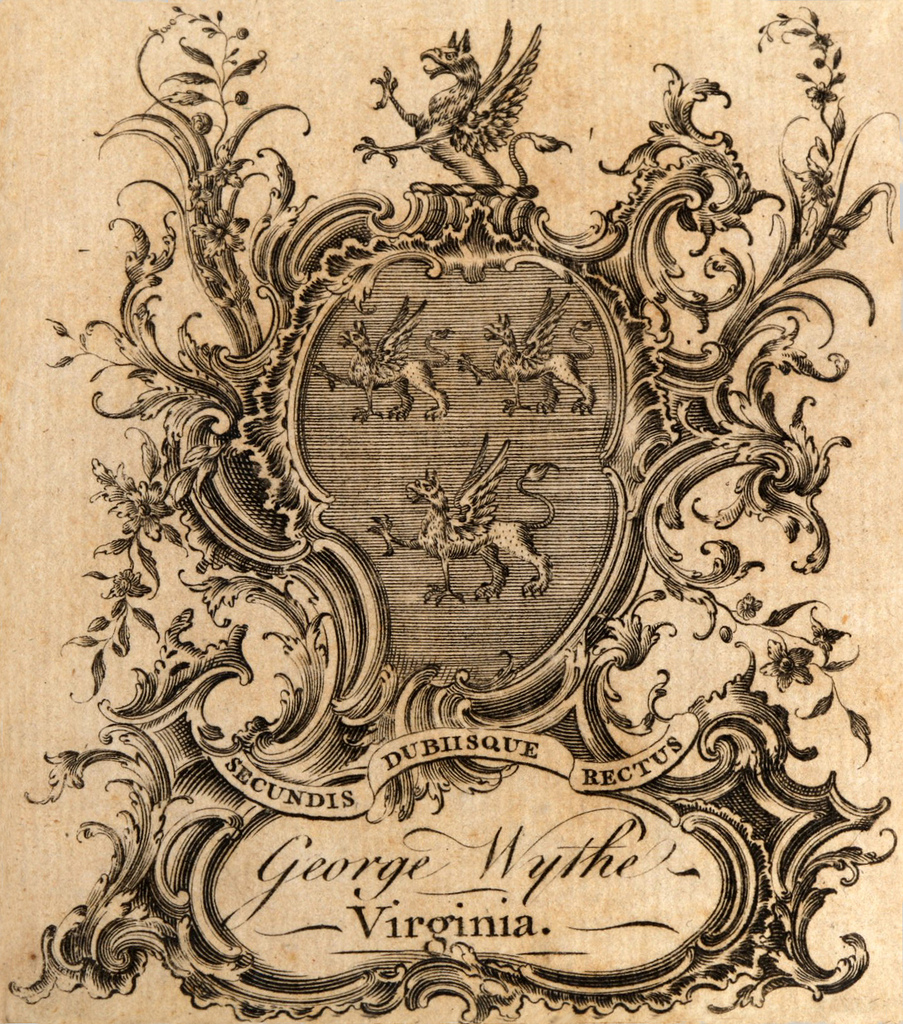Treatise of Laws
A Treatise of Laws or, A General Introduction to the Common, Civil, and Canon Law.
by Giles Jacob
| A Treatise of Laws | ||
|
at the College of William & Mary. |
||
| Author | Giles Jacob | |
| Date | 1721 | |
London: printed for T. Woodward; and J. Peele, 1721.
A treatise of laws : or, a general introduction to the common, civil, and canon law. In three parts. I. The Common Law of England; illustrated in great Variety of Maxims, &c. Also the Use of this Law; with References to Statutes, in all Cases. II. Of the Civil Law, intermix'd with the Law of Nations, and its Use here in England; and a Parallel between the Civil Law and Common Law. III. The Canon Law, and Laws Ecclesiastical; containing the Authority, and Rights of the English Clergy; Of Patrons of Churches; Courts Ecclesiastical, Trials, &c. The Whole Adapted To the Use of Students, and Practisers of the Law; Students of the Universities; Civilians, Proctors, Ecclesiasticks, and all young Gentlemen. By Giles Jacob. gent.
Jacob did not intend this work to be an all ecompassing tome of legal doctrine, but rather a condensed and abriged treatise accessible to individuals not intimately familiar with law. "By [a]briding and [m]ethodizing, the Study of Law may be brought into a much narrower compass than is commonly suppos'd".[1] The book is broken into three sections based on the main topics of discussion. These are the Common Law, Civil Law, and Canon Law. Each section begins with explanation on the general type of law (common, civil or canon) and then proceeds, in alphabetical order, to cover all of the individual legal issues. Each issue describes the doctrine of the particular law and in some cases describes the reasoning behind those doctrines. 1
Jacob dedicated this treatise to the Honourable Sir John Pratt, a prominent legal and judicial figure whose career included membership in the House of Commons as well as receiving a Knighthood.2
A precusor to Jacob's better known works, including A New Law-Dictionary, it was still thought of as an important treatise that could be found in the collections of prominent legal practicioners and scholars such as Charles Purton Cooper.3,4,5 Jacob's work continue to have relevance and has been cited in recent legal scholarly books.6
1.
2.Stuart Handley, ‘Pratt, Sir John (1657–1725)’, Oxford Dictionary of National Biography, Oxford University Press, 2004 accessed 8 Jan 2013
3. http://lawlibrary.wm.edu/wythepedia/index.php/New_Law-Dictionary
4. Bibliotheca Cooperiana: Catalogue of a Further Portion of the Library of Charles Purton Cooper. http://books.google.com/books?id=4jcwAQAAMAAJ
5. http://en.wikipedia.org/wiki/Charles_Purton_Cooper
6. Philip Hamburger, Law and Judicial Duty. Pg. 116. 2008.
http://books.google.com/books?id=AuUT-4KjCjwC&pg=PA117
Evidence for Inclusion in Wythe's Library
References
External Links
Read this book in Google Books- ↑ Giles Jacob, A Treatise of Laws: Or, A General Introduction to the Common, Civil, and Canon Law (London: Printed by Eliz. Nutt and R. Goffing for T. Woodward, 1721).
